8. Sid And Nancy (Alex Cox, 1986)
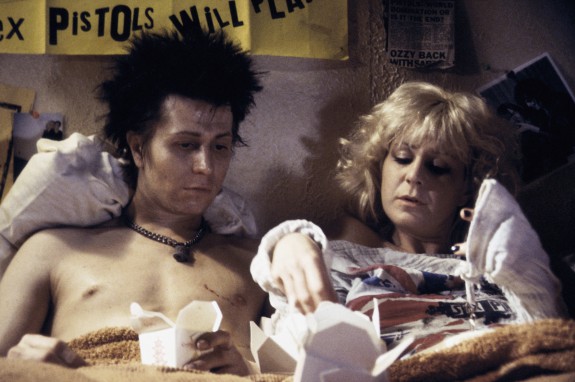
The Sex Pistols are without a doubt the most famous punk band of the 1970s who pioneered their genre and launched it into the mainstream. With their dramatic onstage and offstage antics, and the sudden and ugly death of their charismatic bass guitarist Sid Vicious, and his tumultuous relationship with Nancy Spungen, it is no surprise that Vicious received the Hollywood treatment of a rock n roll biopic.
Having said that, the film was more interested in creating the feel of the punk era rather than an accurate portrayal of one of the genre’s most famous figures. Sid and Nancy depicts its subjects as nasty and violent drug addicts out of control and causing chaos wherever they went. It is implied that Nancy introduced Sid to heroin, starting their downward spiral with drugs and their eventual overdoses.
The band’s singer, Johnny Rotten, has blasted the film for being, as he put it, “the Peter Pan version” of Vicious’s life. Rotten claims the film exaggerated Vicious’s onstage persona to make it appear he acted like a punk all the time, and that the filmmakers made little to no attempt at talking to the people who really knew Vicious.
9. Argo (Ben Affleck, 2012)
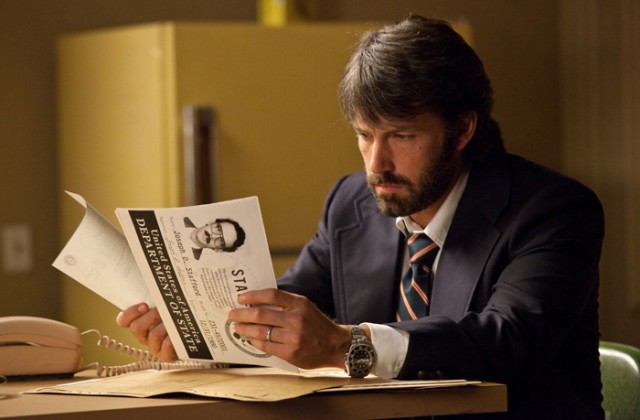
The winner of the 2013 Best Picture Oscar tells the story of how, in 1980, the CIA went into Iran masquerading as a film crew shooting a science fiction movie to rescue six American hostages being held in Tehran. While Argo certainly made for a compelling movie, it is far from being an accurate version of the truth.
The real life mission was largely carried out by the Canadian government, much more so than the American CIA, as shown in the film. Unlike the events in Argo, the American government did not take issue with the mission being under the guise of a fake film crew. In fact, this was the one of the three options they chose.
The biggest discrepancy Argo is guilty of is the dramatic finale at the airport when the hostages are being sneaked out of Iran. The struggle with airport security and having armed men chasing the plane with the hostages as it took off never happened. The real life hostages went through the airport with no problems whatsoever.
10. Pain & Gain (Michael Bay, 2013)
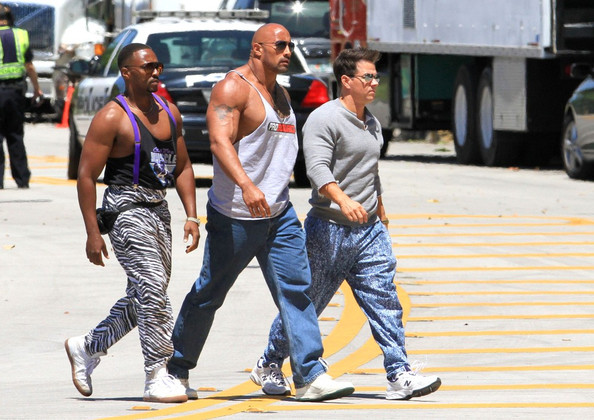
Notorious action director Michael Bay returned to his ‘90s Miami Bad Boys roots when he made Pain & Gain, his action/comedy film about bodybuilders who kidnap and hold a rich man for ransom to make their dreams come true. The film emphasises throughout its duration that it is, indeed, a true story. However, it should not come as any surprise that a film made by Michael Bay cannot be taken too seriously.
There were several people involved in the kidnapping, not just three men. Dwayne Johnson’s character, Paul Doyle, is a composite character based on three men, but primarily on Carl Weekes.
Weekes was indeed new to Miami and a born again Christian, but in real life he was a lightweight bodybuilder who was nowhere near as buff as Johnson is, and he did not have anything to do with the latter part of the scheme presented on film. None of the men got a toe shot off either.
While blindfolded, the real Victor Kershaw (Tony Shalhoub) did not recognise Lugo by his cologne, but simply by his voice. Doorbal (Anthony Mackie) was a violent brute, not the timid man he is in the film. In fact, Doorbal was the one who murdered Frank Griga (Michael Rispoli) rather than Lugo. The gang did not wear ninja costumes during the kidnapping either.
11. The Pursuit Of Happyness (Gabriele Muccino, 2006)

Both Will Smith and The Pursuit Of Happyness were widely praised upon the film’s release, and it got Smith nominated for the Best Actor Oscar. While the film certainly is an uplifting story of succeeding against adversity and poverty, this film still took liberties with the facts.
Being that the film’s emotional core exists in the form of a father-son relationship, it must be noted that his son was conceived from an affair he had, rather than with his wife. On that note, his wife did not leave Gardner.
In real life, after Gardner’s wife suffered a miscarriage, he had an affair and got his mistress pregnant. Gardner was absent from much of his son’s life while he was pursuing his dream job, unlike the two of them being together all the time as the film portrays.
Gardner really did get arrested, but it was because of domestic violence charges against him rather than parking tickets. The truth is not mentioned in the film, to further make the film version of Gardner a nicer guy and more sympathetic to the audience.
Gardner also had help along the way to get his job. Rather than getting the job by solving the Rubik’s cube puzzle, Gardner was helped by a stockbroker. Gardner never tried to sell portable X-rays either.
12. Cool Runnings (Jon Turteltaub, 1993)
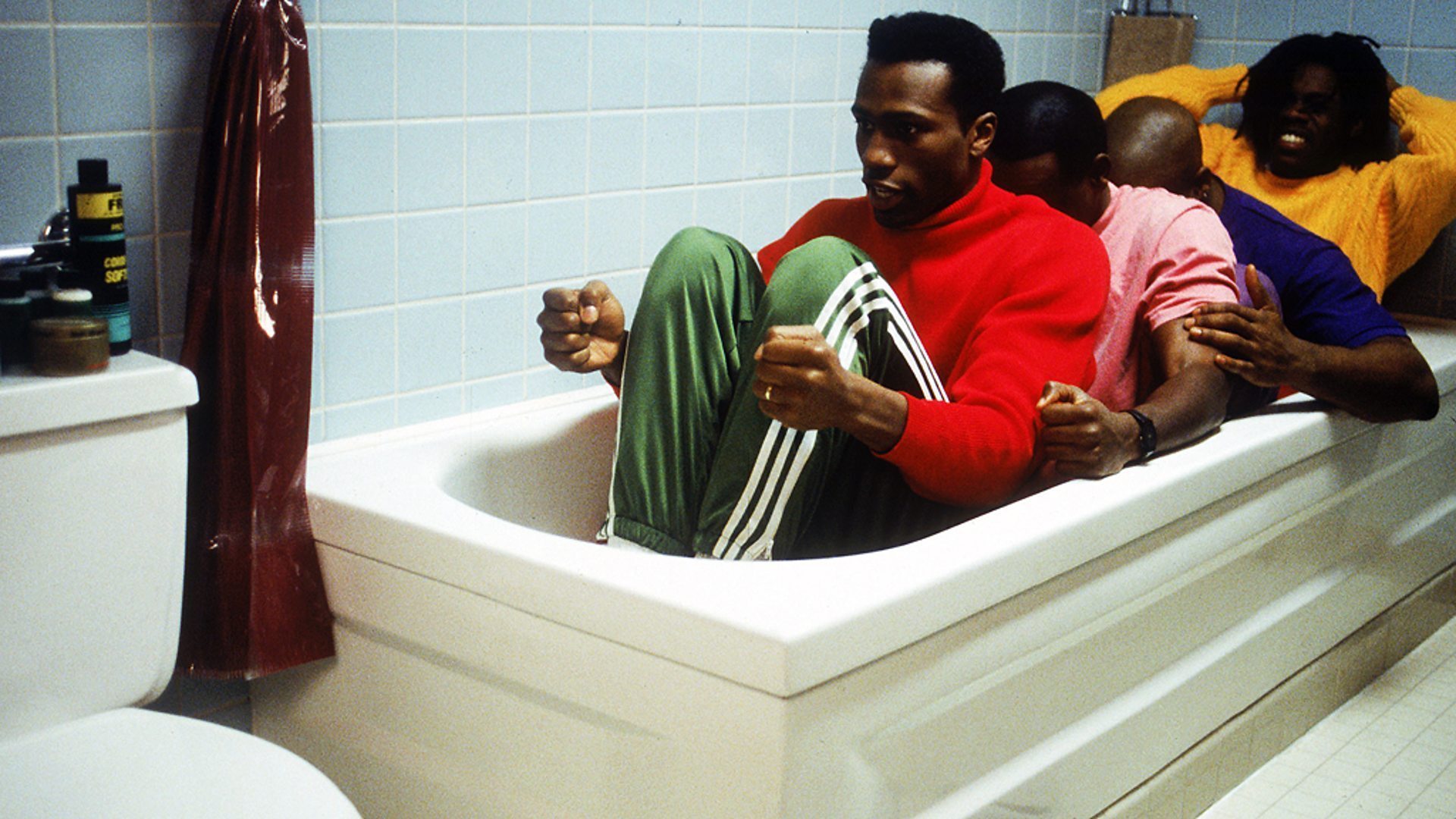
A comedic retelling of how a Jamaican bobsleigh team were allowed to compete in the 1988 Calgary Winter Olympics, despite being from a hot, tropical country, was bound to be a hit. Where it misses the mark, however, is in telling the facts.
It was two American businessmen who came up with the idea to create a Jamaican bobsleigh team, rather than the athletes themselves. In fact, the “athletes” were actually recruited from the Air Force. The team had corporate funding, so they did not need to resort to harebrained moneymaking schemes like they do in the film.
In the film, the Jamaican team were ridiculed by the other teams upon arrival at the Winter Games, to further emphasise what underdogs they are.
The East German team in particular are the Jamaican team’s rivals in the film, but not only were the Jamaicans treated as equals by all the other teams, but the real East German team actually allowed the Jamaicans to use their equipment and provided some coaching.
While there was a crash during a race that prevented the team from competing in further faces in the Calgary Winter Olympics, they did not carry their sled over their shoulders to the finish line, but walked next to it.
13. The Imitation Game (Morten Tyldum, 2014)
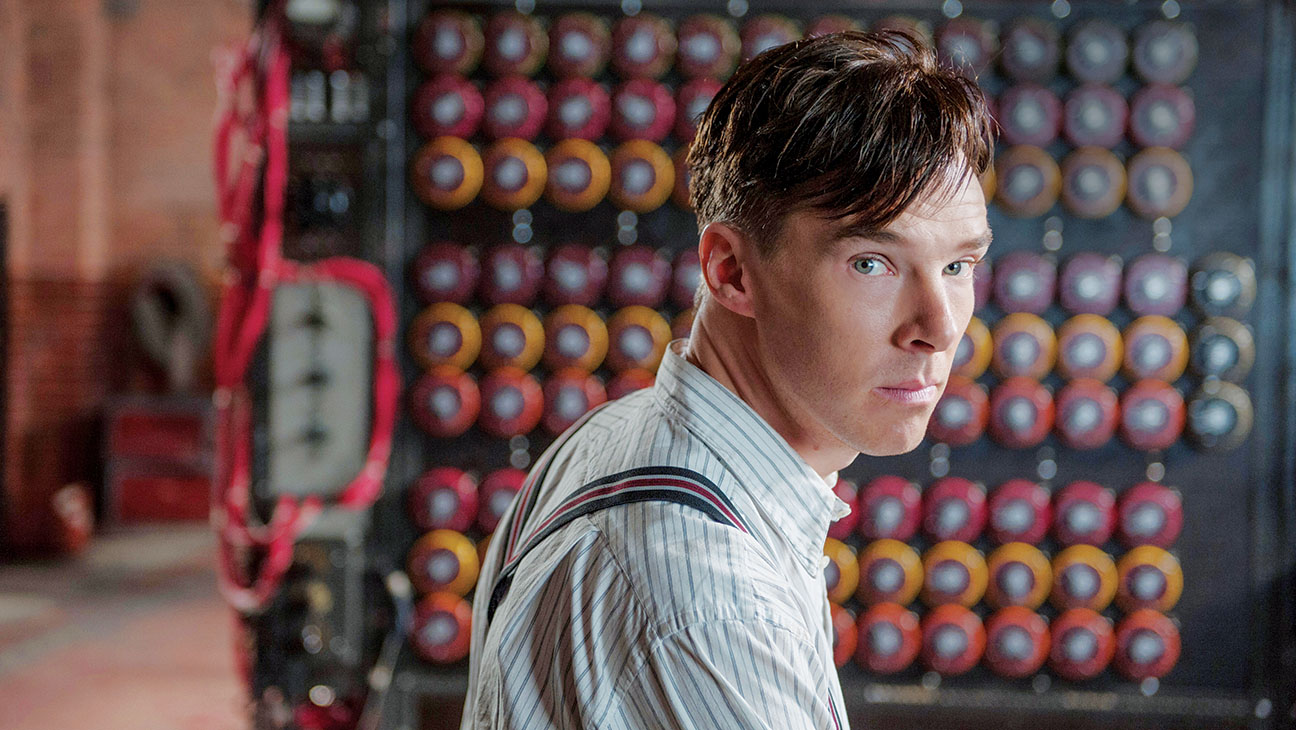
The Imitation Game centres around Alan Turing (Benedict Cumberbatch), a humourless, anti-social and cold man who only cared about the job, regardless of how it affected others, especially his colleagues. His goal was to create a code breaking machine to defeat the Germans during World War II, while he faced adversity from his superiors in the British military.
The real Turing was a very different person. He had a good working relationship with his colleagues, and actually had a sense of humour. He was more openly gay than the film depicts, in which he is trying to hide his sexuality.
In flashbacks to Turing’s schooldays, he is in love with a classmate named Christopher, who also cares for Turing. In real life though, Christopher did not have these feelings for Turing. Despite this, the real Turing broke down crying when he found out Christopher died, whereas in the film, he acts like he barely knew Christopher.
The film made it seem Turing created the code breaking machine all by himself, but that is not true. He worked on it with another mathematician named Gordon Welchman, who is never mentioned in the film at all.
Turing did not have much opposition from the military as the film depicts. In fact, there is no record of Commander Denniston (Charles Dance) being opposed to Turing’s work. Joan Clarke (Keira Knightley) did not get admitted into the group of cryptologists by completing crossword puzzles.
Turing proposed to her not to help her escape her overbearing parents, but because he genuinely liked her, despite his homosexuality. Their break up was not the violent confrontation that film made it out to be.
In the film, Peter Hilton (Matthew Beard) has a brother who is serving in the navy, and protests when Turing allows the Germans to attack the submarine Hilton’s brother is based on to prevent the Germans from figuring out the British are able to break their codes. Hilton never had a brother.
14. Domino (Tony Scott, 2005)
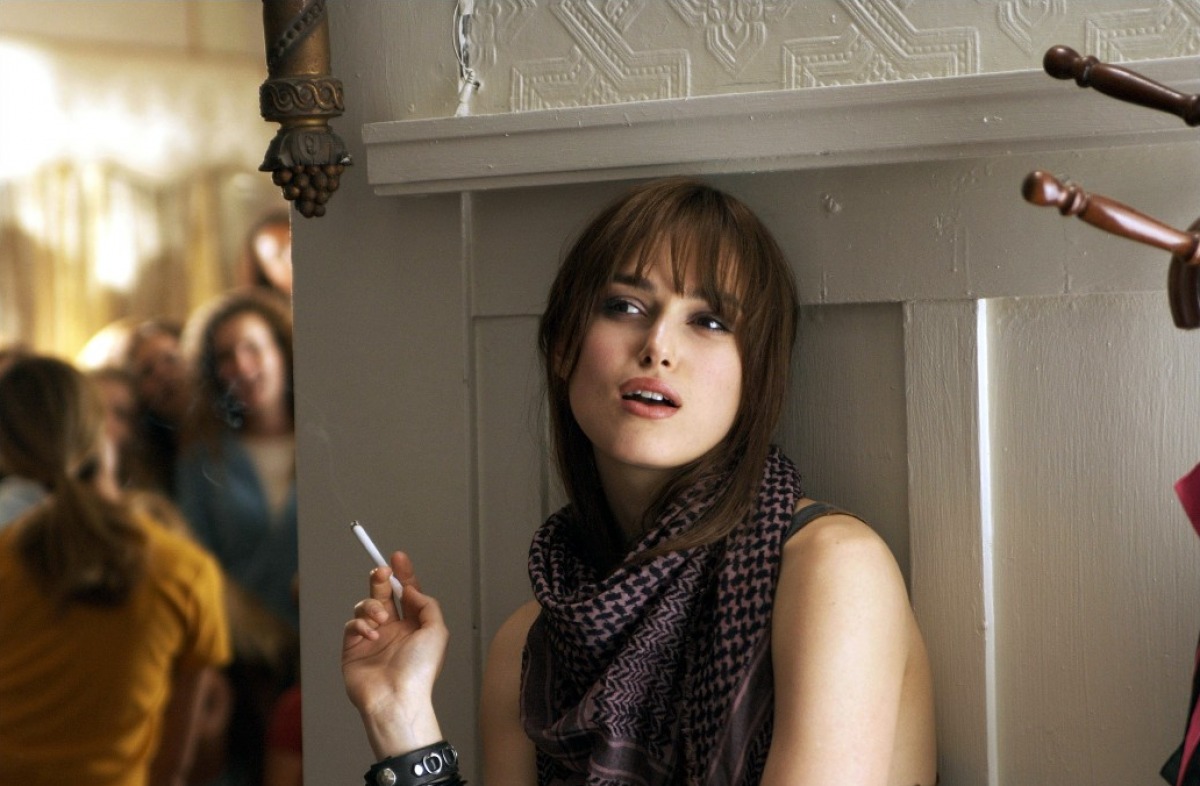
The life story of Domino Harvey, the daughter of Hollywood actor Laurence Harvey and model Pauline Stone, was destined to become a movie. She grew up in privilege, but never took to it, so she roughed it up and became a bounty hunter in downtown Los Angeles.
Domino is the joint effort of the writer of the strange cult classic Donnie Darko and the director of the flashy and violent Man On Fire; audiences knew that this film was going to be a wild ride. Is it entertaining? Hell yeah! Is it accurate? Not at all. There’s even a disclaimer at the beginning of the film stating, “Based on a true story… sort of.” At least the filmmakers were honest about it.
Harvey became a bounty hunter in the 1990s, not the early 2000s like the film shows, probably for the sake of modernising the story. Laurence Harvey died in 1973, not 1993. Harvey was never involved in a reality TV show about her intense job. The film leaves out the fact Harvey was actually a lesbian, not straight as depicted in the film.
The complicated mafia storyline and the big showdown in the Las Vegas casino never happened, at all. In real life, Harvey died from a drug overdose, as she had a serious addiction, something else that is not depicted in the film. The film is more focused on its flashy visuals and cuts than depicting fact.
15. Braveheart (Mel Gibson, 1995)
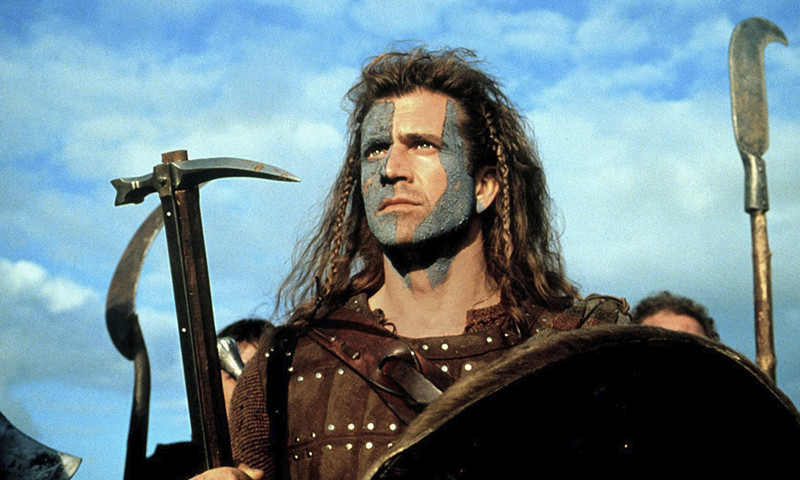
Over 20 years after its release, Braveheart still ranks very high on movies lists throughout the internet. With its compelling real life tale of the medieval violence of Scotland’s struggle against cruel English imperialism, this film was destined to be a hit, and won Mel Gibson the Best Picture and Best Director Oscars.
The “They may take our lives, but they will never take our freedom” speech is one of the most well-known movie speeches ever spoken thanks to Gibson’s powerful and passionate performance as the Scottish rebel William Wallace.
Despite its huge success, many scorn at Braveheart, because its telling of historical events barely resembles the real events and has many historical inaccuracies. Where to begin…
In the film, William Wallace was a peasant whose life was full of tragedy and injustices in the film that lead him to breaking point and decided to rid Scotland of the British once and for all, making the film a very personal story of one man’s struggle, as well as a story of war. However, in reality, Wallace was a knight from a royal family. Wallace’s father was not killed by the British; in fact, Wallace’s father fought for the British to gain favour from the Crown.
The history of the war and the era, and the real life people being depicted, were also muddled for the sake of entertainment. The Battle of Stirling Bridge happened on an actual bridge, not on a field.
Wallace married his wife Murron (Catherine McCormack) in secret so she will not be forced to have sex with the Lord of the land, as he has the right to have sex with newly married women on the day of their wedding under the Prima Nocte law. This law was not in effect in Wallace’s lifetime.
The romance between Wallace and Princess Isabelle (Sophie Marceau), resulting in their lovechild Edward III who would end the Longshanks bloodline, did not happen in real life. In fact, she was only a child when Wallace was fighting the British, and Edward III was born seven years after Wallace’s death.
The film is even inaccurate on an aesthetic level. The face paint worn by the Scottish soldiers happened centuries before William Wallace’s time, and kilts were not worn by men until about 300 years after Wallace’s lifetime. There is no doubt these were included in the story to show how Scottish these men were, as a sign of defiance against the British, despite being pure nonsense.
Author Bio: Matt Wilson is a professional writer from Melbourne, Australia. His passion for cinema has always been a part of him and he aspires to be a screenwriter or a novelist. He particularly enjoys the films of Michael Cimino, Oliver Stone, Stanley Kubrick, Paul Verhoeven, David Lynch and Quentin Tarantino.